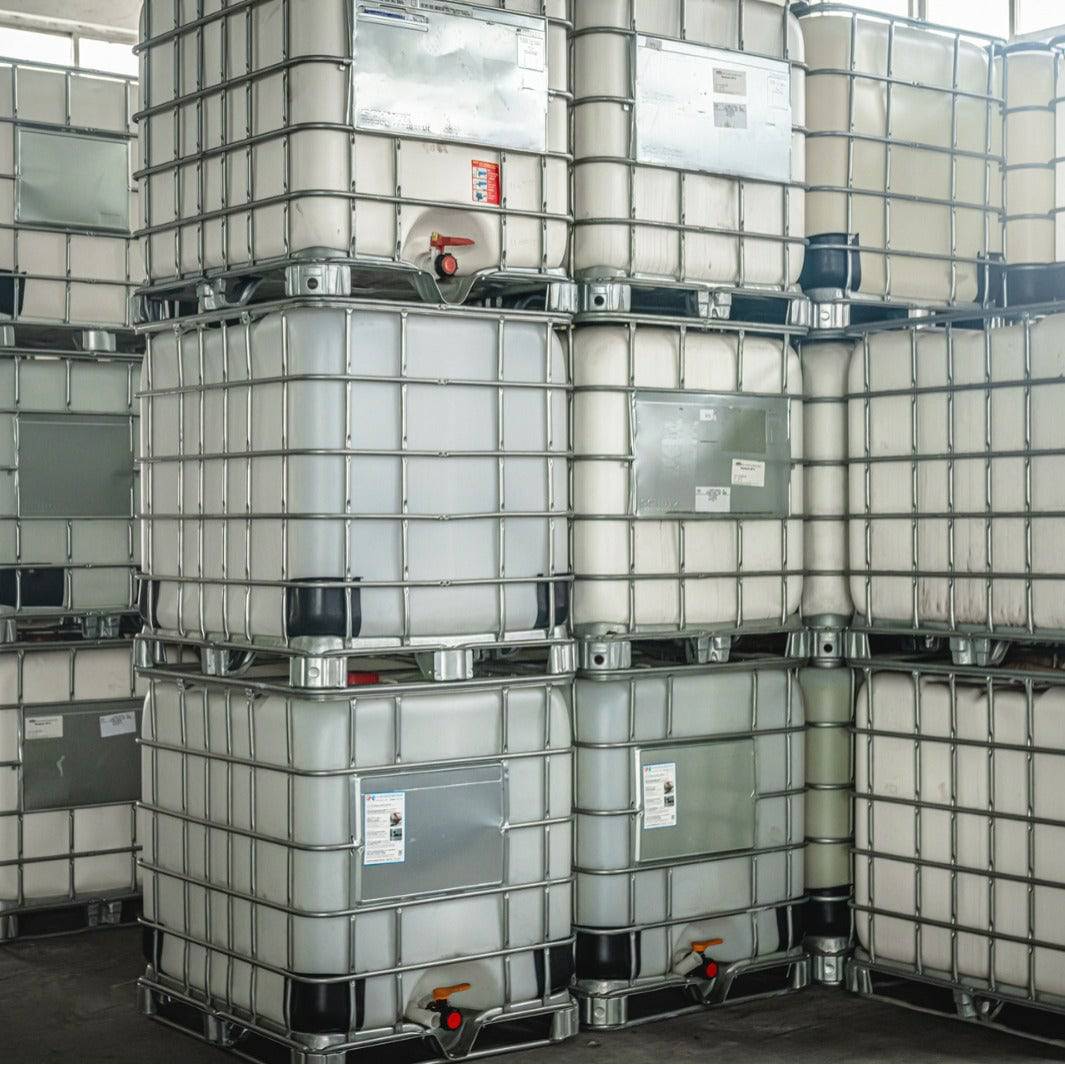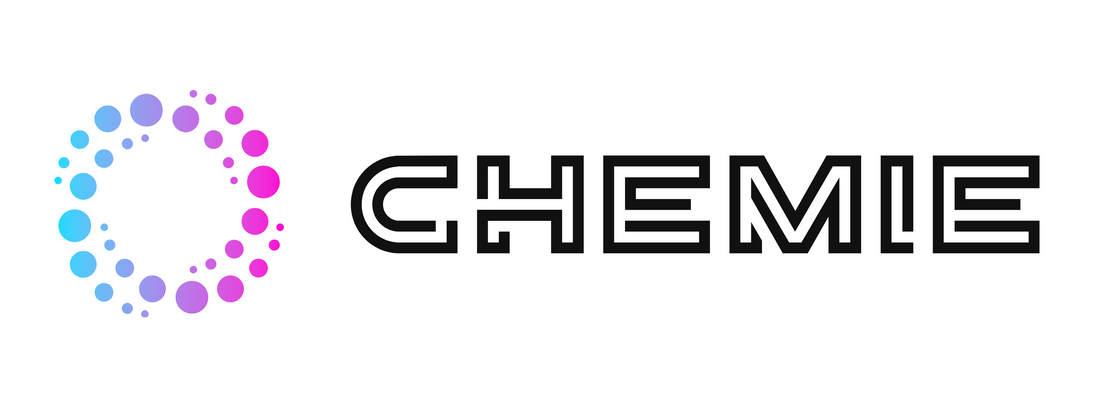Top Guidelines Of Chemie
Table of ContentsChemie for BeginnersChemie for BeginnersThe Definitive Guide for ChemieChemie Can Be Fun For AnyoneTop Guidelines Of ChemieSome Known Questions About Chemie.
By Bojanna Shantheyanda, Sreya Dutta, Kevin Coscia and David SchiemerDynalene, Inc. Fluid air conditioning, which can be achieved utilizing indirect or straight ways, is used in electronic devices applications having thermal power densities that might surpass risk-free dissipation via air cooling. Indirect fluid cooling is where warm dissipating electronic elements are literally separated from the liquid coolant, whereas in case of direct cooling, the elements are in direct contact with the coolant.However, in indirect cooling applications the electrical conductivity can be crucial if there are leakages and/or spillage of the fluids onto the electronic devices. In the indirect air conditioning applications where water based fluids with deterioration inhibitors are usually used, the electric conductivity of the fluid coolant mostly depends upon the ion concentration in the liquid stream.
The boost in the ion concentration in a shut loophole liquid stream may take place due to ion leaching from steels and nonmetal elements that the coolant liquid touches with. Throughout operation, the electric conductivity of the liquid might boost to a degree which might be damaging for the air conditioning system.
Facts About Chemie Revealed
(https://www.figma.com/design/KzrisUfzcprJO8cuWdfyPs/Untitled?node-id=0-1&t=gbCYeQmleIY2ffcG-1)They are bead like polymers that can exchanging ions with ions in an option that it touches with. In the here and now job, ion leaching tests were performed with various metals and polymers in both ultrapure deionized (DI) water, i.e. water which is dealt with to the highest degree of pureness, and low electrical conductive ethylene glycol/water mix, with the gauged adjustment in conductivity reported gradually.
The examples were permitted to equilibrate at area temperature for two days prior to tape-recording the initial electric conductivity. In all tests reported in this study liquid electric conductivity was measured to a precision of 1% making use of an Oakton CON 510/CON 6 collection meter which was calibrated before each dimension.
The smart Trick of Chemie That Nobody is Discussing
from the wall surface heating coils to the facility of the heater. The PTFE sample containers were put in the furnace when stable state temperatures were gotten to. The examination arrangement was removed from the heater every 168 hours (seven days), cooled to space temperature level with the electric conductivity of the liquid gauged.
The electrical conductivity of the liquid example was monitored for an overall of 5000 hours (208 days). Schematic of the indirect closed loop cooling down experiment set up. Components utilized in the indirect closed loophole cooling down experiment that are in call with the liquid coolant.

Getting The Chemie To Work
Throughout procedure the liquid storage tank temperature level was preserved at 34C. The adjustment in liquid electrical conductivity was kept track of for 136 hours. The liquid from the system was accumulated and kept. Similarly, closed loop test with ion exchange material was executed with the same cleaning treatments utilized. The first electric conductivity of the 230ml UP-H2O in the system gauged 1.84 S/cm.

0.1 g of Dowex material was included in 100g of fluid examples that was taken in a different container. The blend was stirred and change in the electric conductivity at room temperature level was measured every hour. The measured change in the electrical conductivity of the UP-H2O and EG-LC test fluids containing polymer or steel when immersed for 5,000 hours at 80C is revealed Figure 3.
Fascination About Chemie
Ion leaching experiment: Measured adjustment in electrical conductivity of water and EG-LC coolants containing either polymer or metal examples when immersed for 5,000 hours at 80C. The results suggest that steels contributed less ions into the fluids than plastics in both UP-H2O and EG-LC based coolants.
Liquids containing polypropylene and HDPE exhibited the lowest electric conductivity modifications. This could be due to the brief, rigid, straight chains which are less likely to add ions than longer branched chains with weaker intermolecular forces. Silicone also executed well in both examination liquids, as polysiloxanes are usually chemically inert as a result of the high bond power of the silicon-oxygen bond which would certainly prevent degradation of the material right into the fluid.
The 4-Minute Rule for Chemie
It would certainly be expected that PVC would generate comparable results to those of PTFE and HDPE based upon the similar chemical structures of the products, nonetheless there may be other pollutants existing in the PVC, such as plasticizers, that might influence the electrical conductivity of the fluid - silicone fluid. Additionally, chloride groups in PVC can additionally leach into the test fluid and can cause a rise in electrical conductivity
Buna-N rubber and polyurethane revealed indicators of degradation and thermal decomposition which suggests that their possible utility as a gasket or glue product at greater temperature levels might bring about application issues. Polyurethane completely degenerated right into the examination fluid by the end of 5000 hour test. Number 4. Prior to and after photos of metal and polymer samples submersed for 5,000 hours at 80C in the ion leaching experiment.
Measured change in the electric conductivity of UP-H2O coolant as a feature of time with and without resin cartridge in the shut indirect air conditioning loop experiment. The measured adjustment in electrical conductivity of the UP-H2O for 136 hours with and without ion exchange material in the loop is received Number 5.